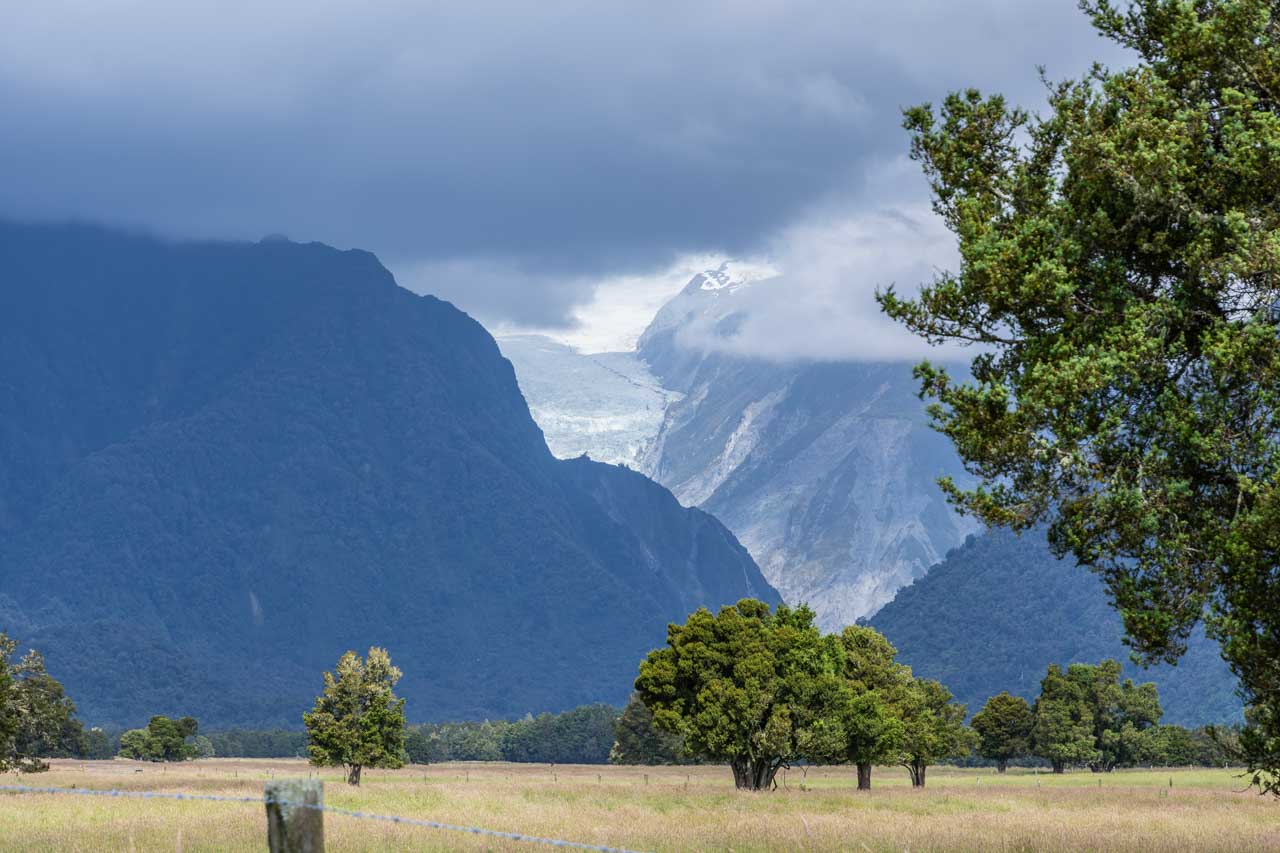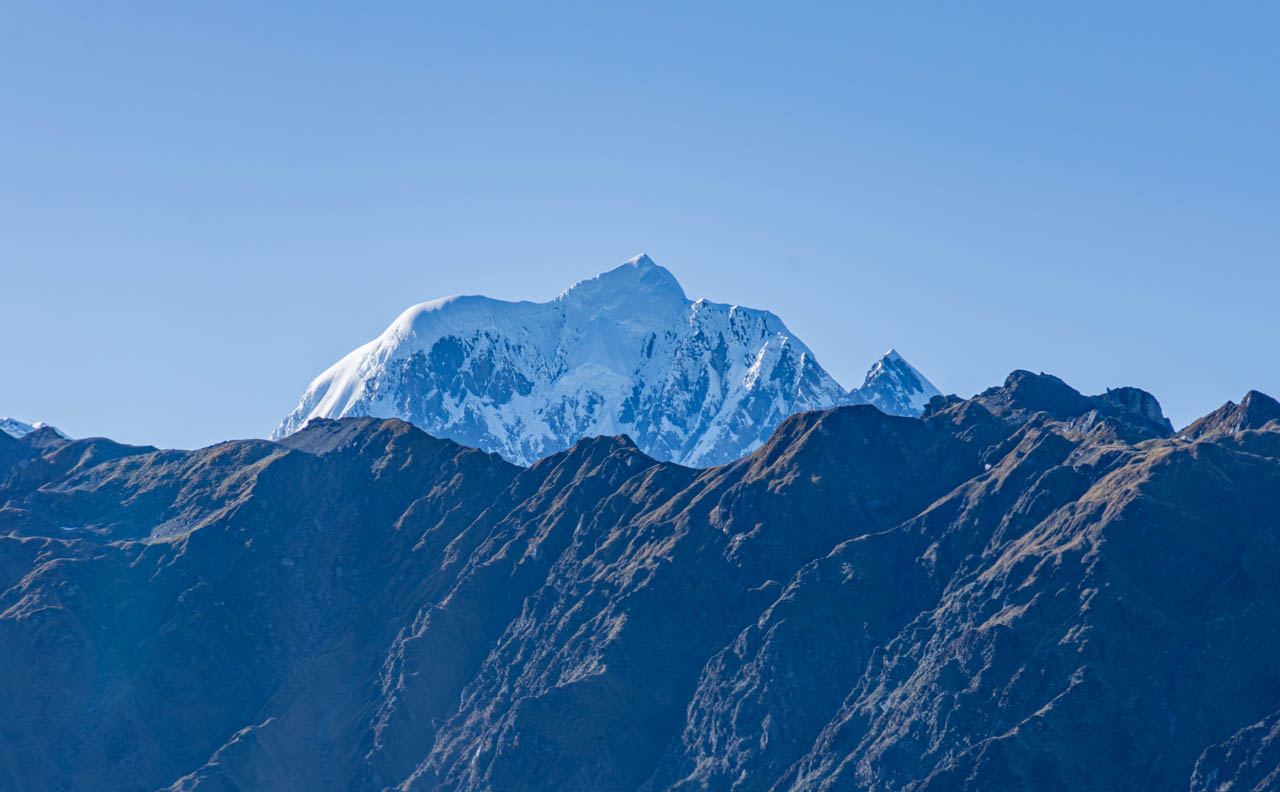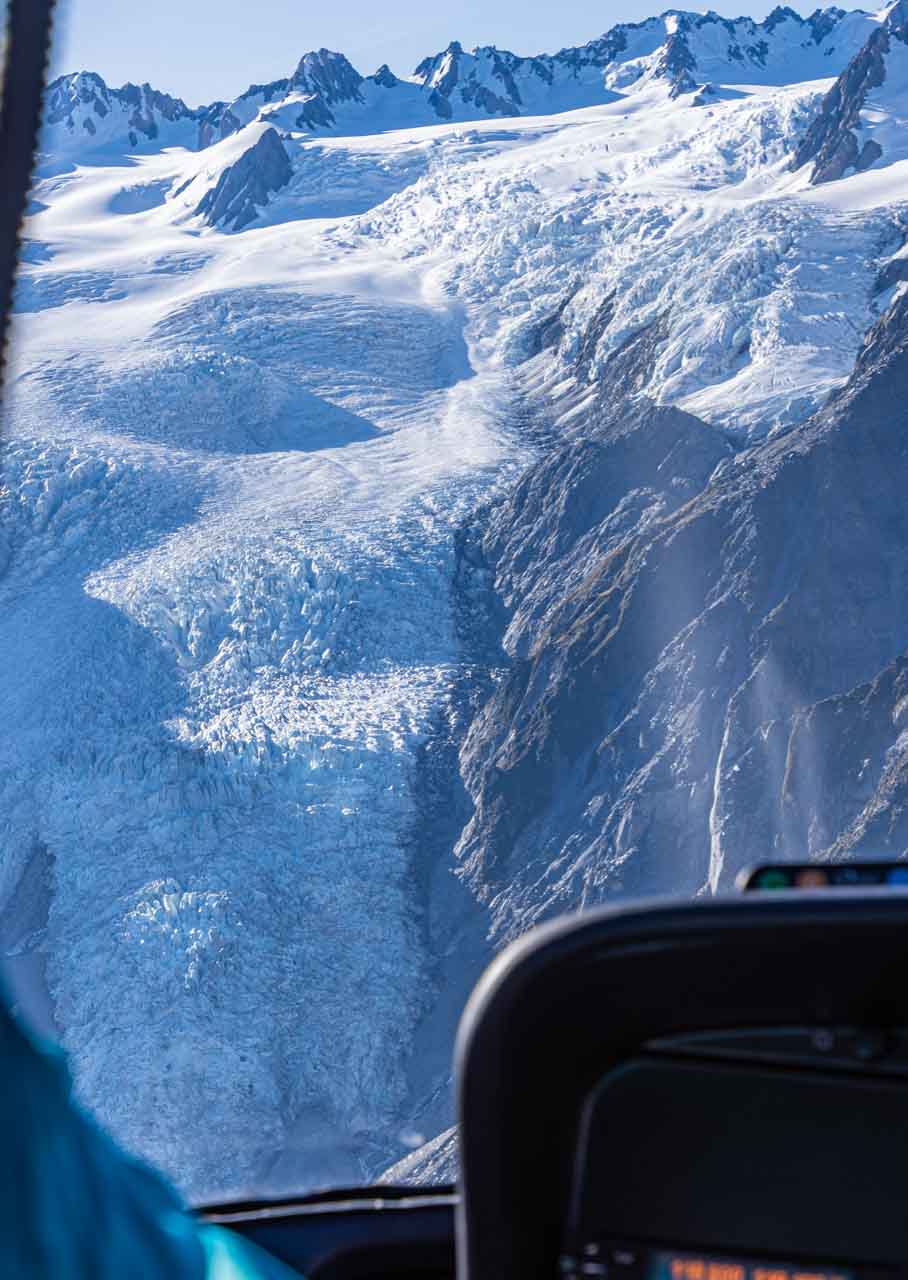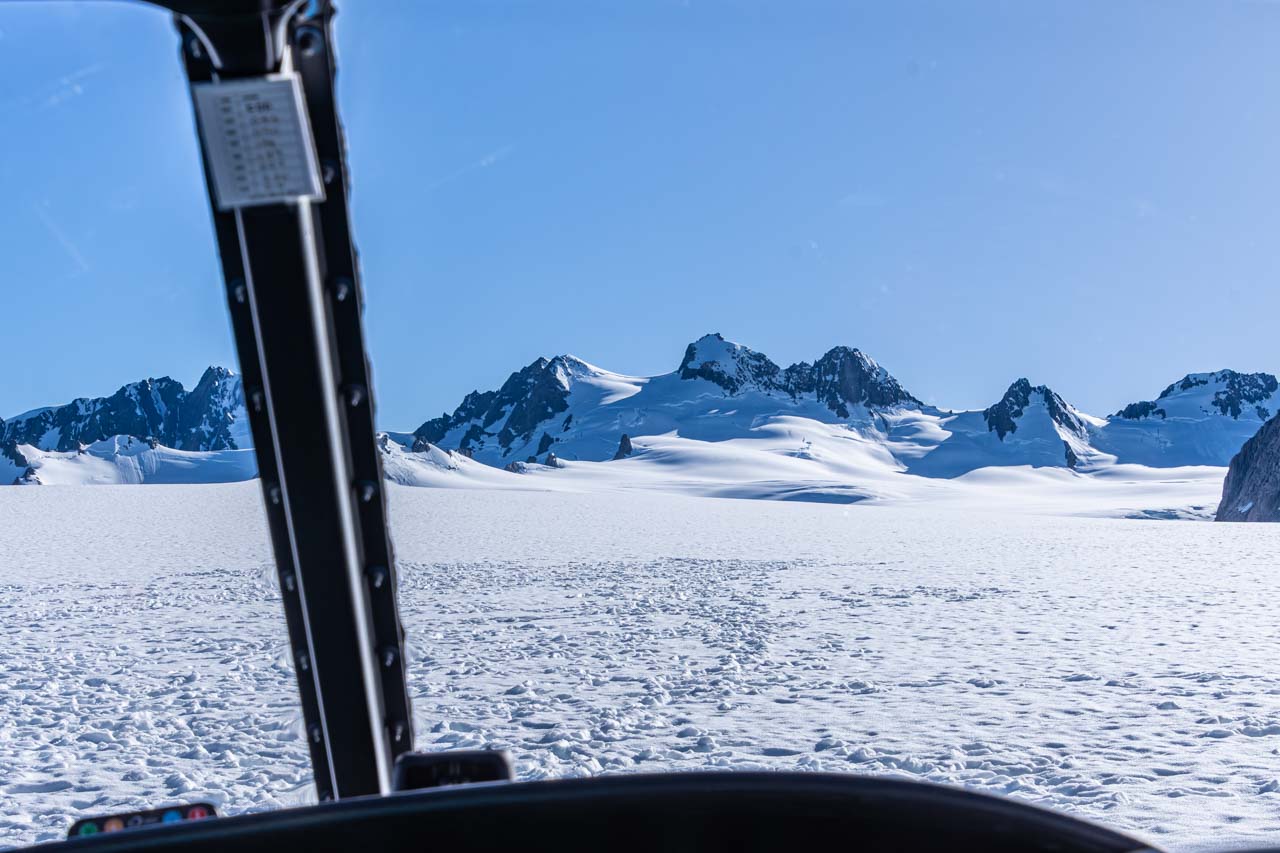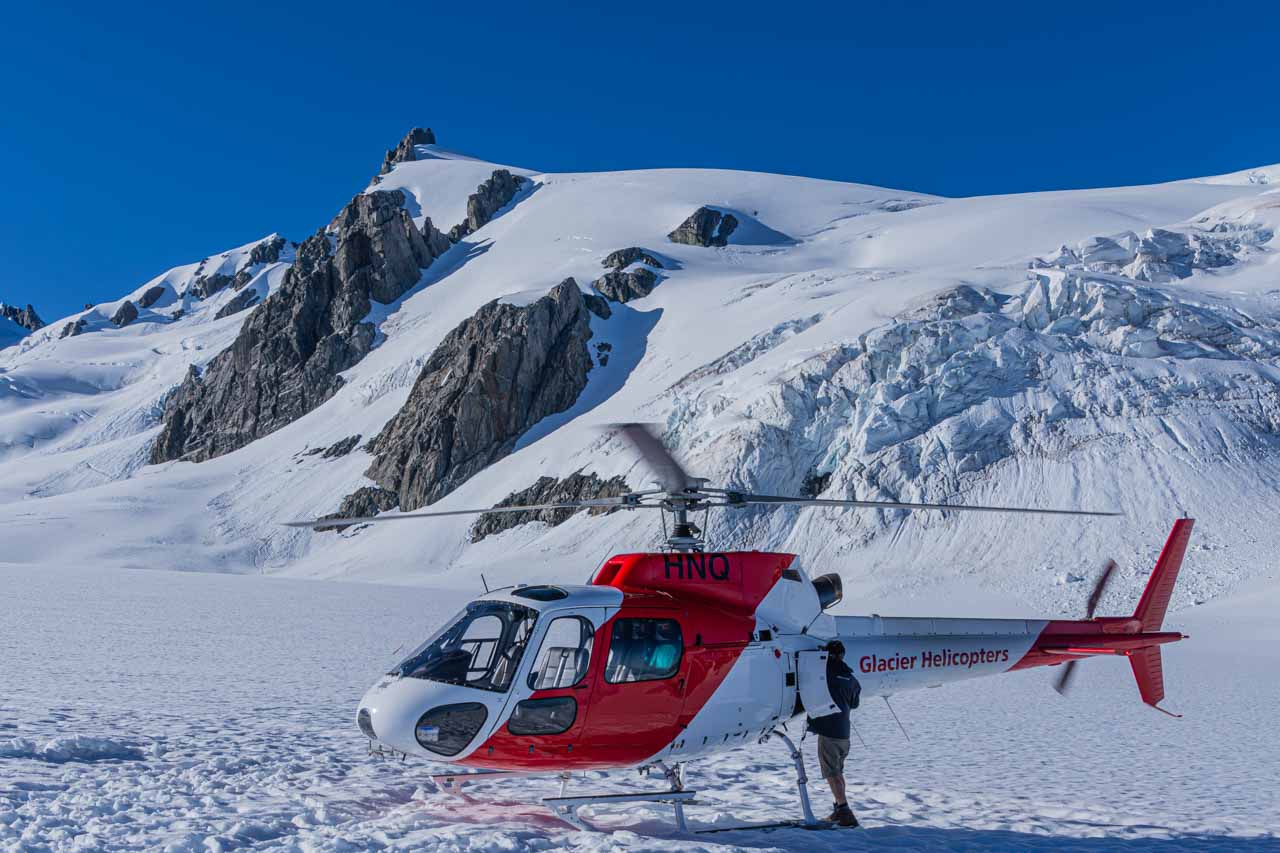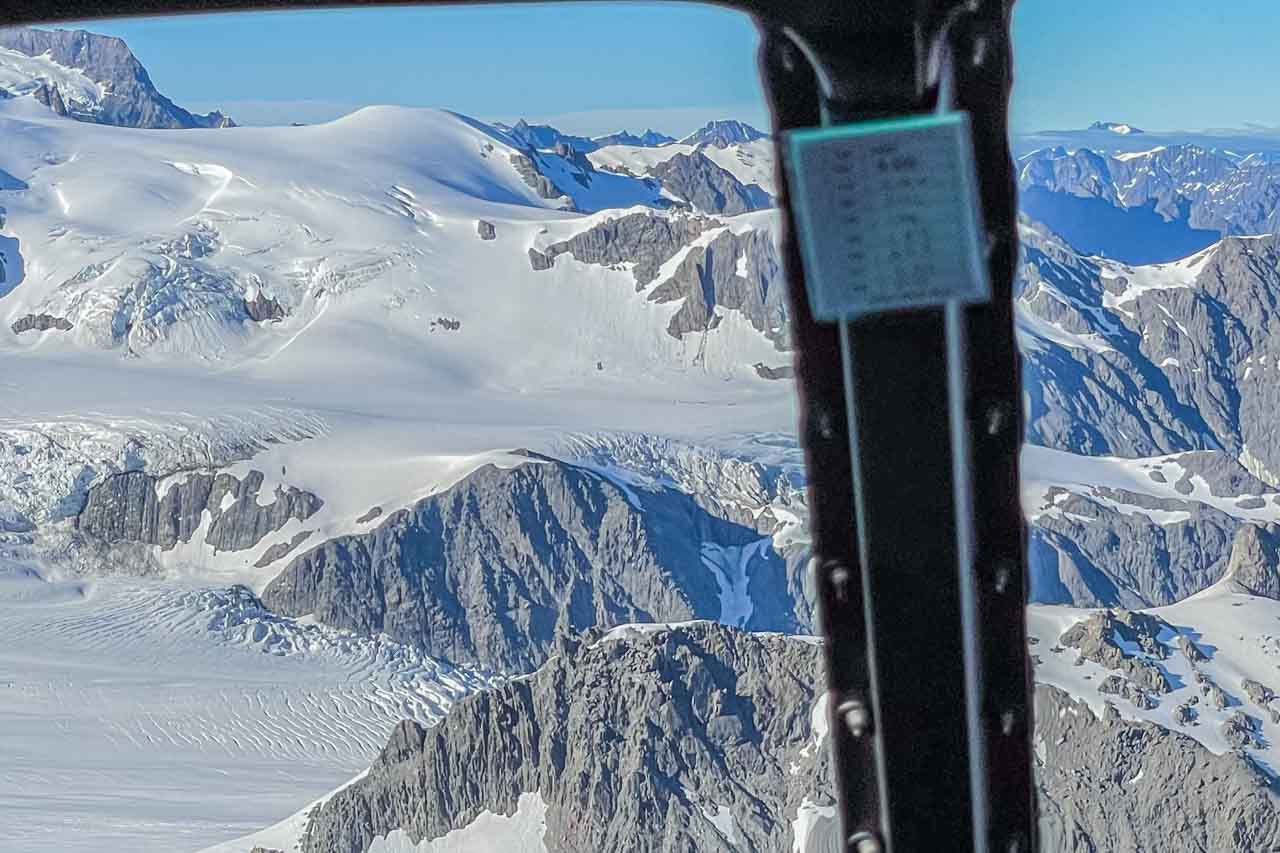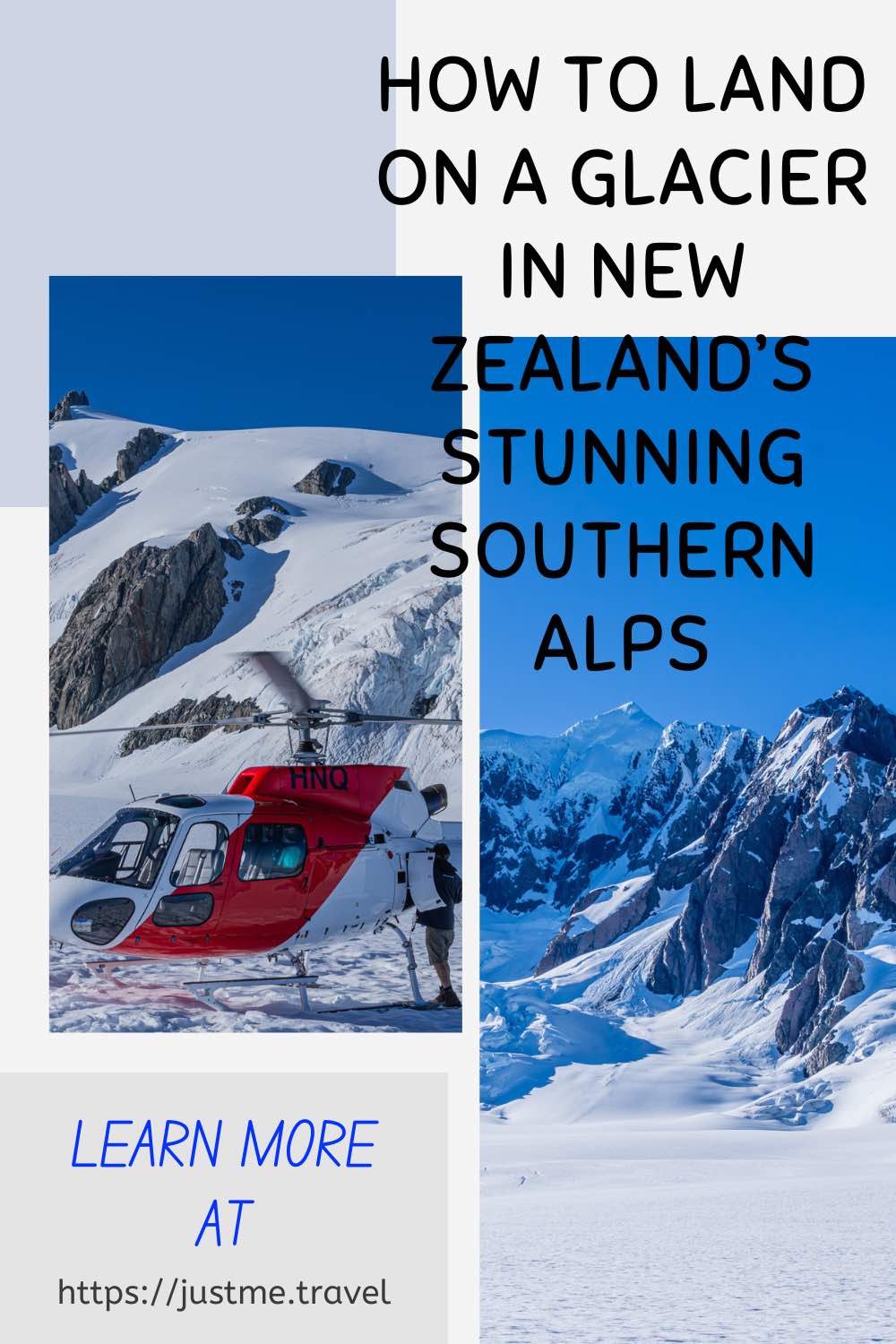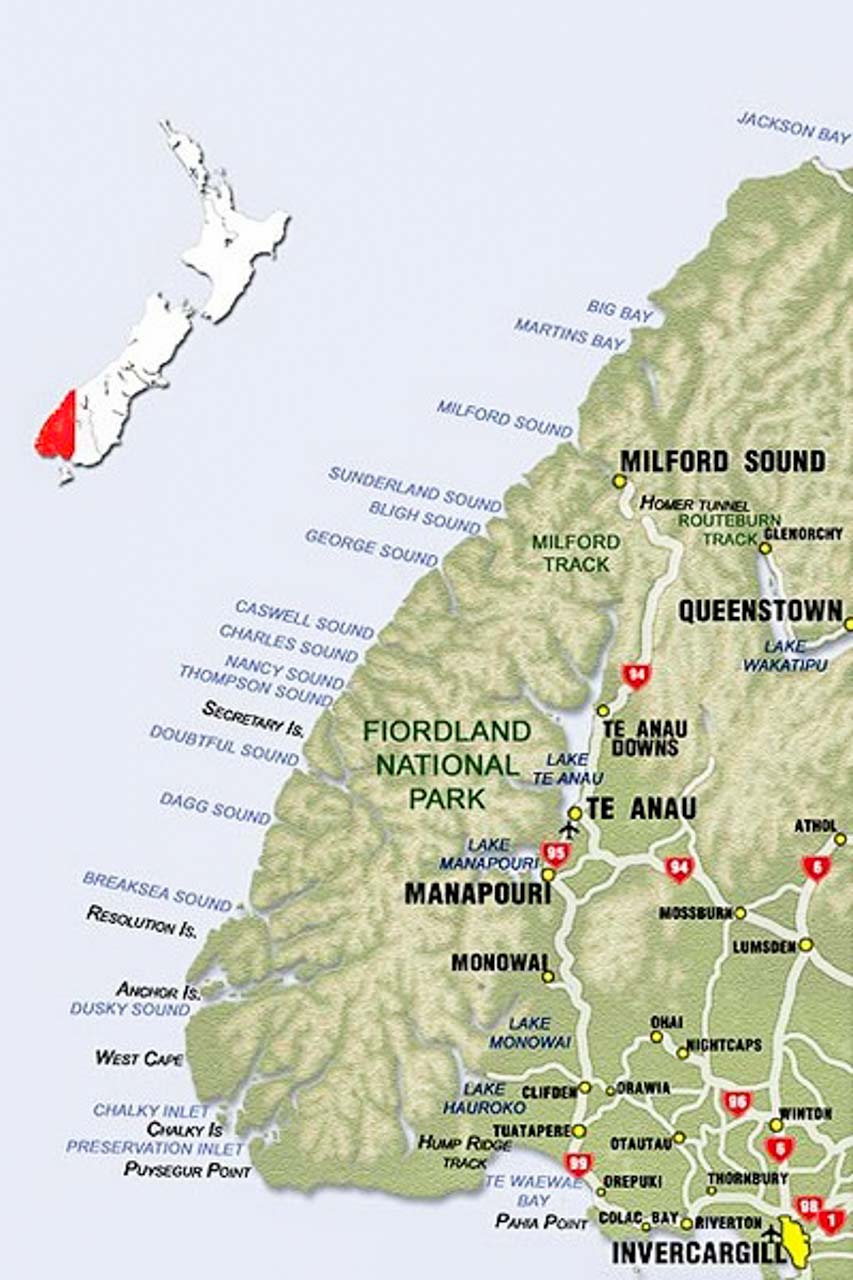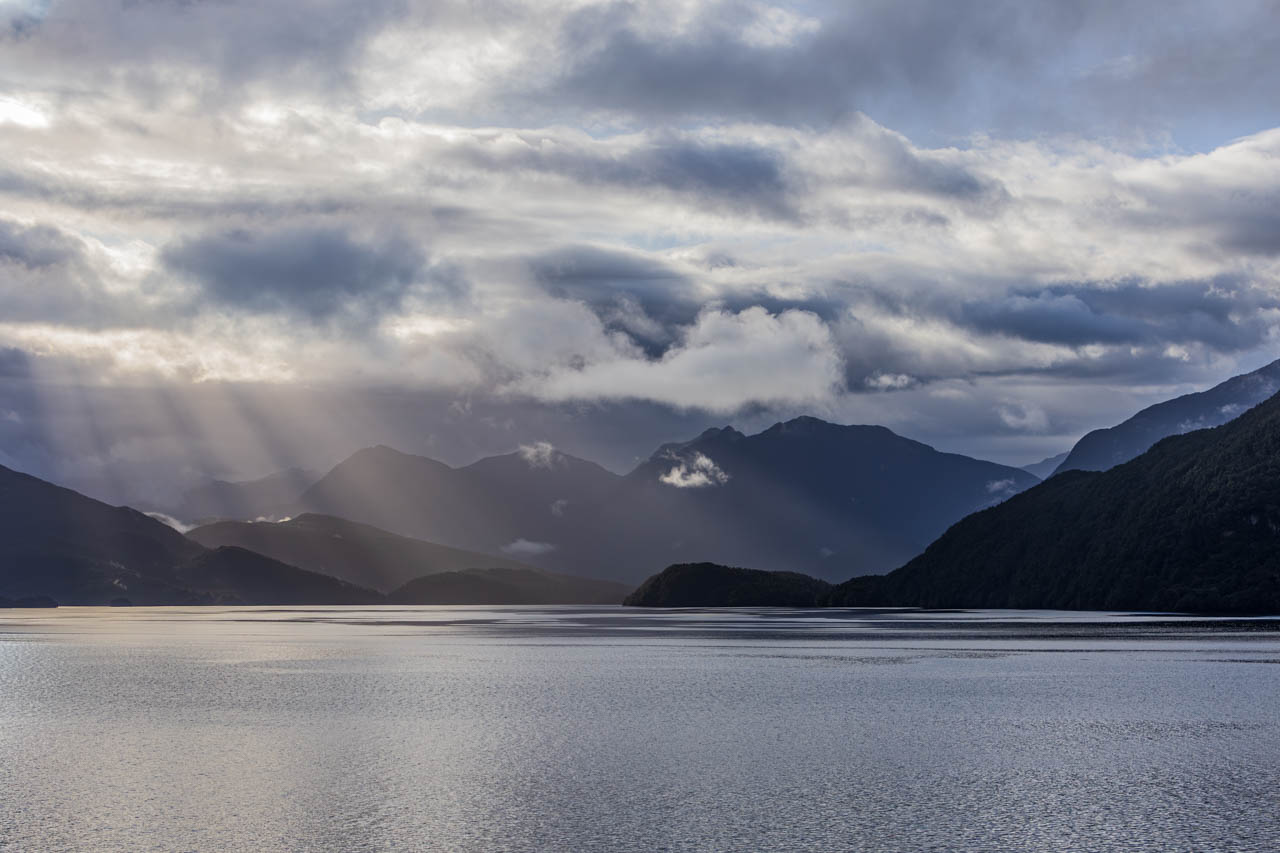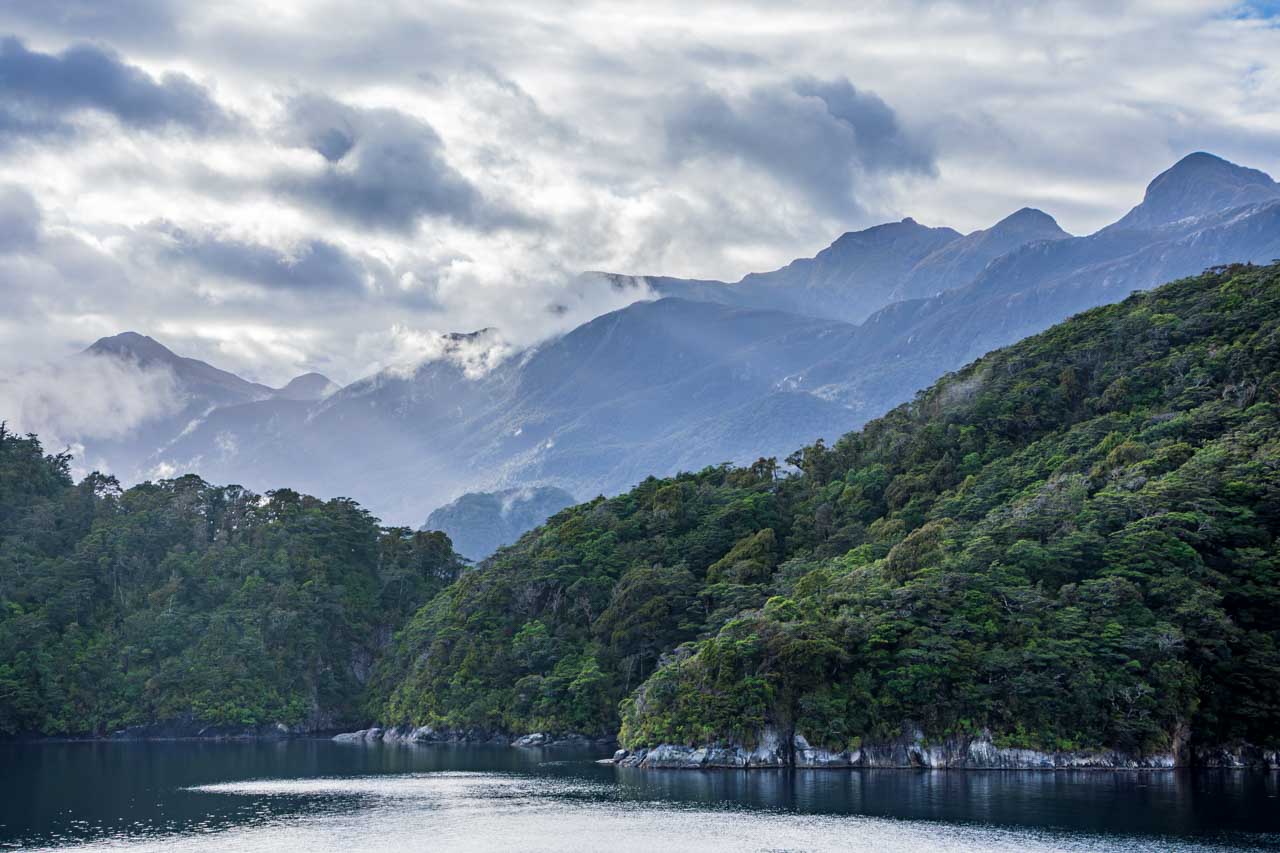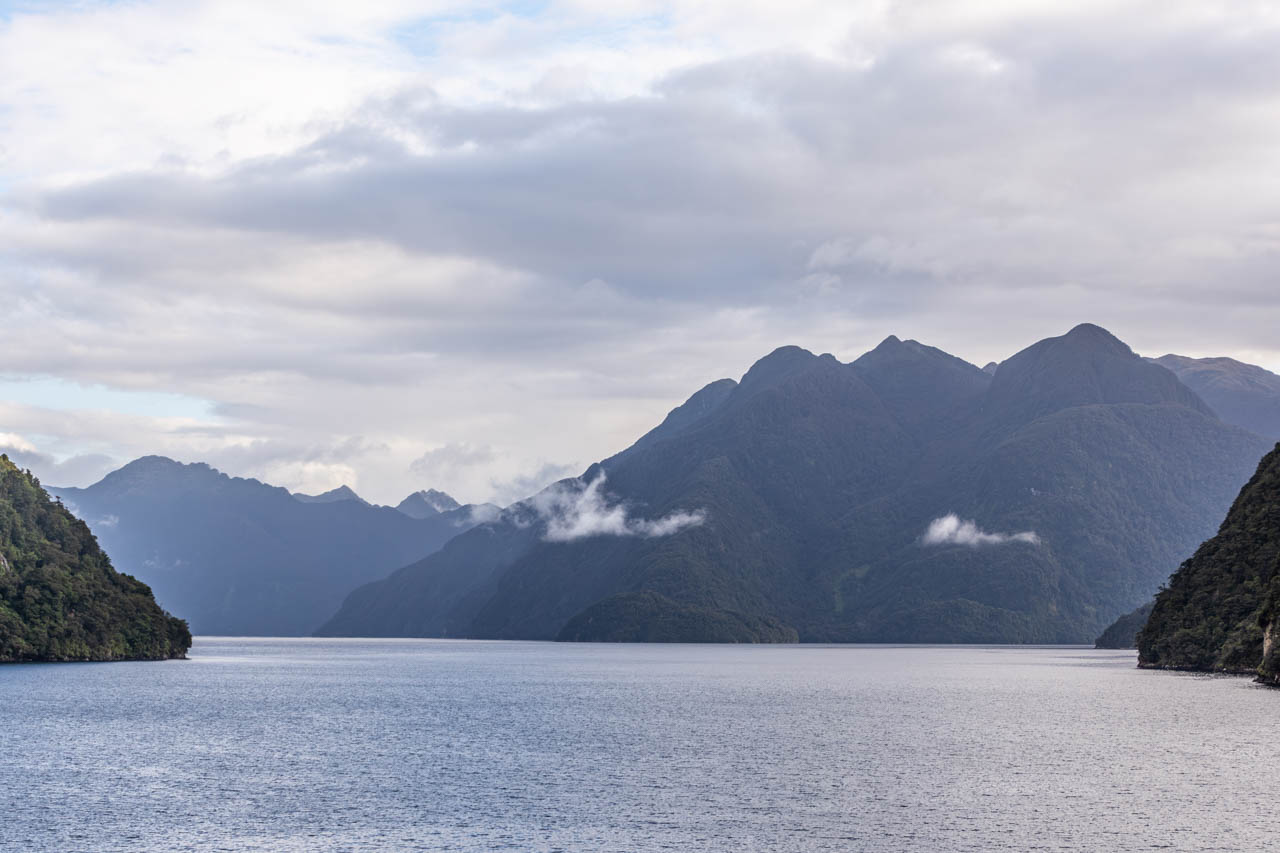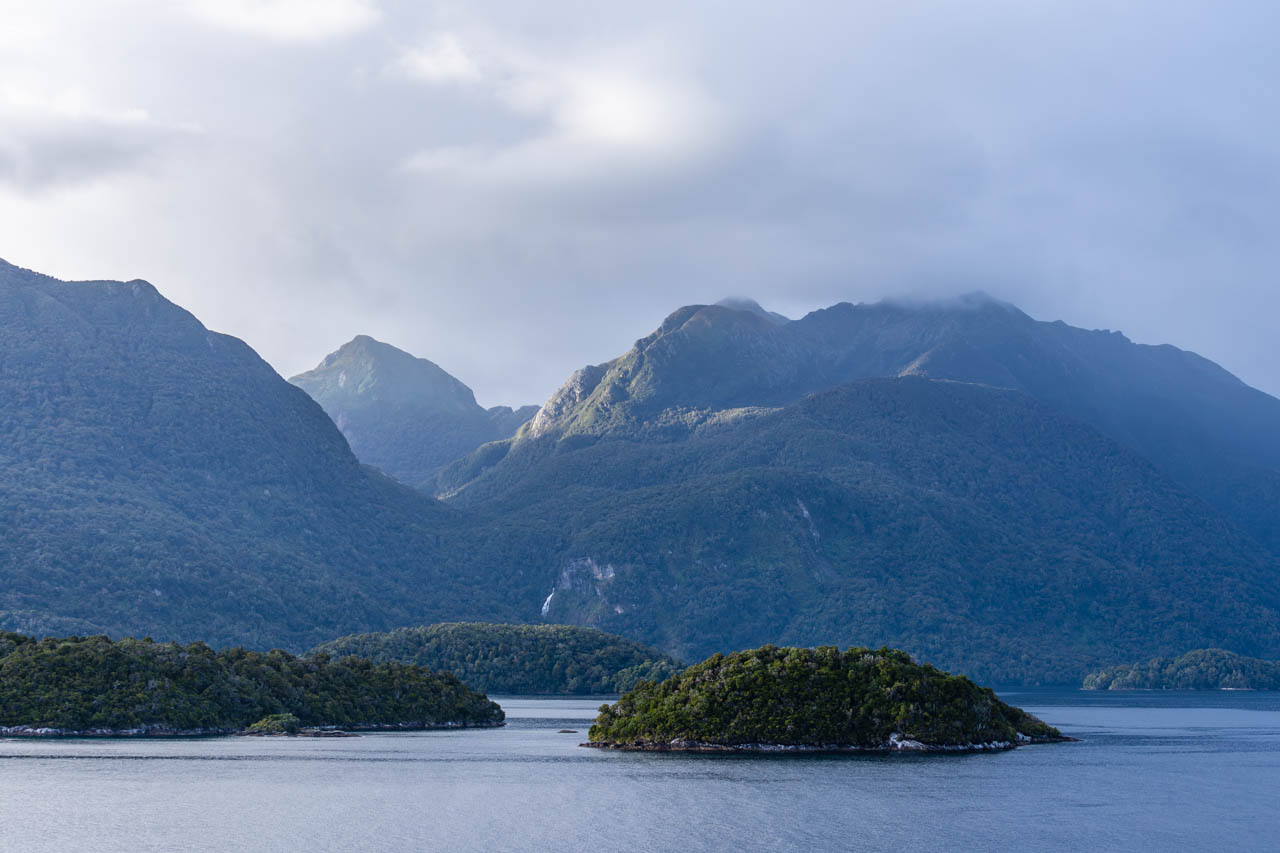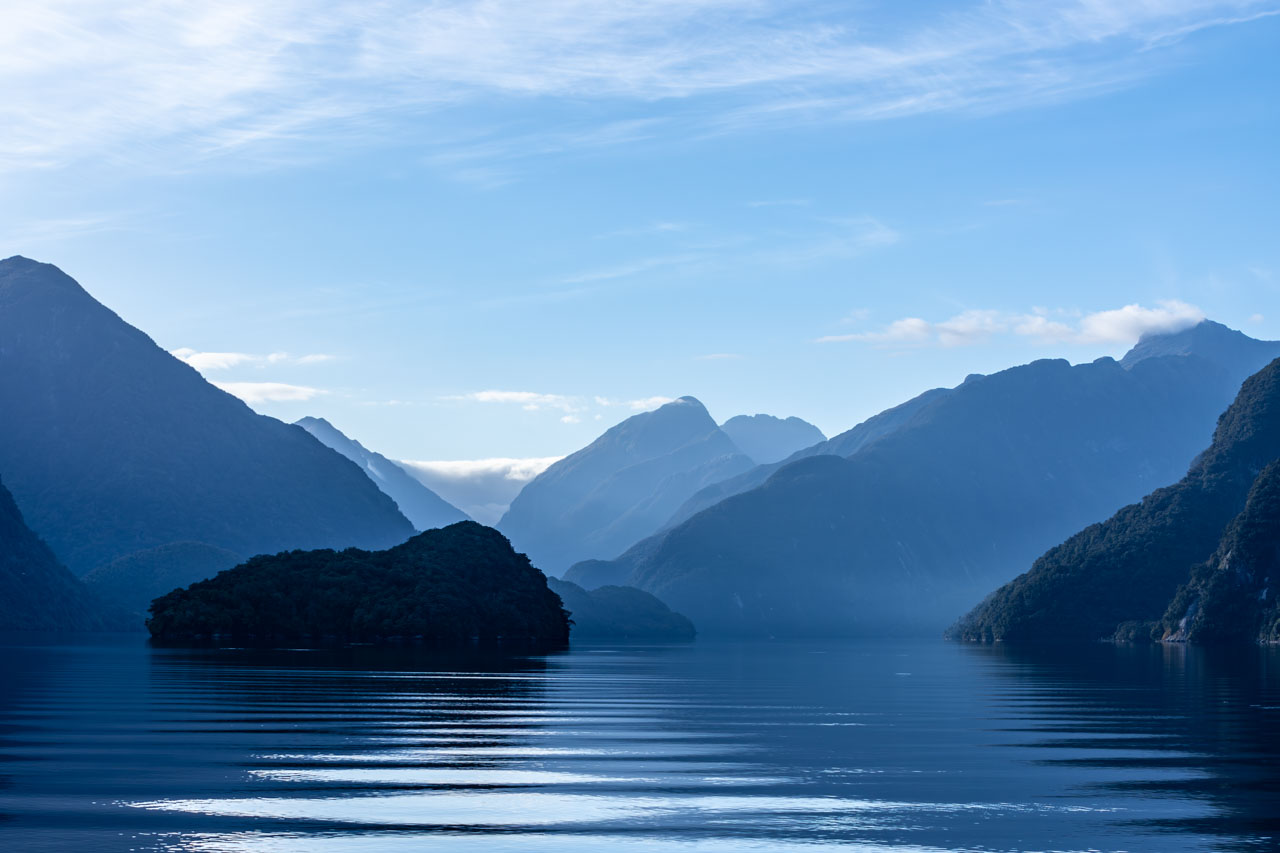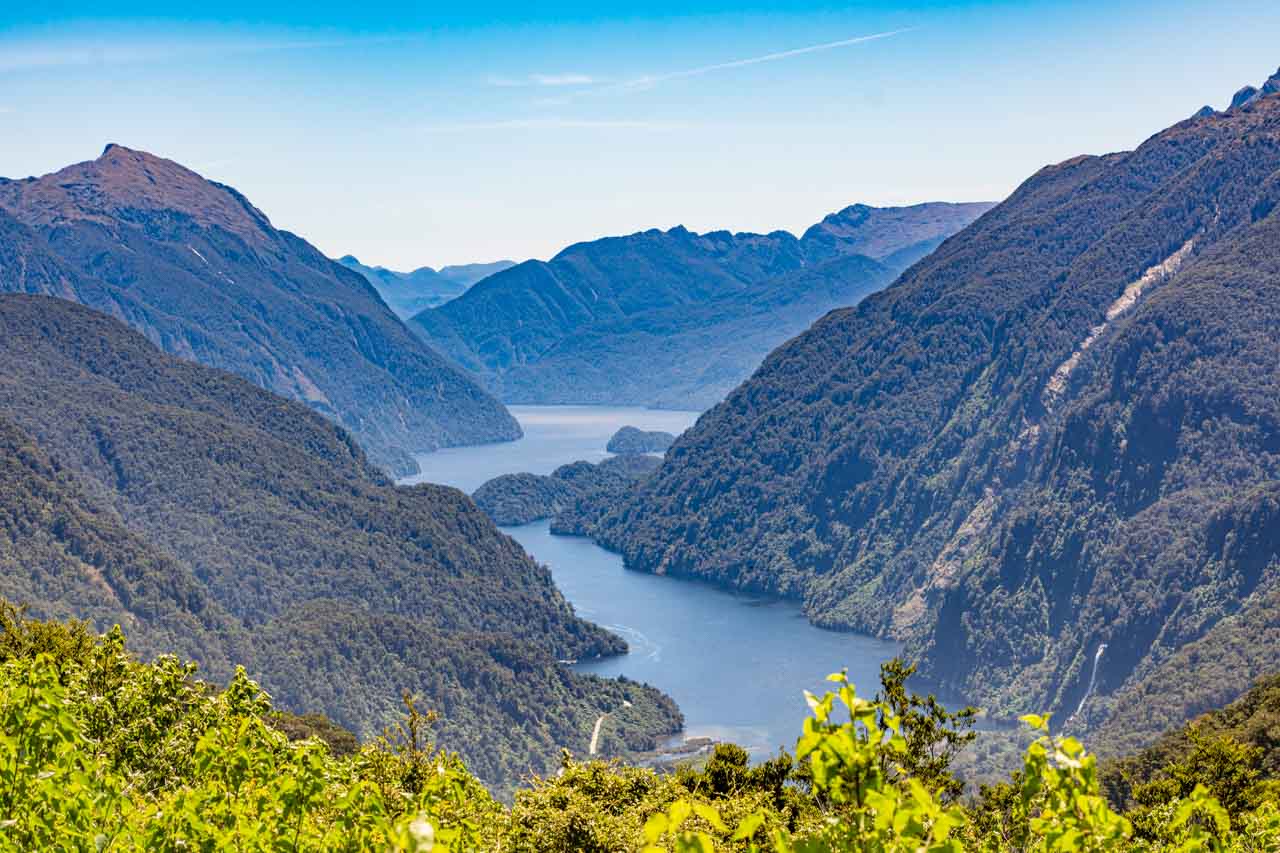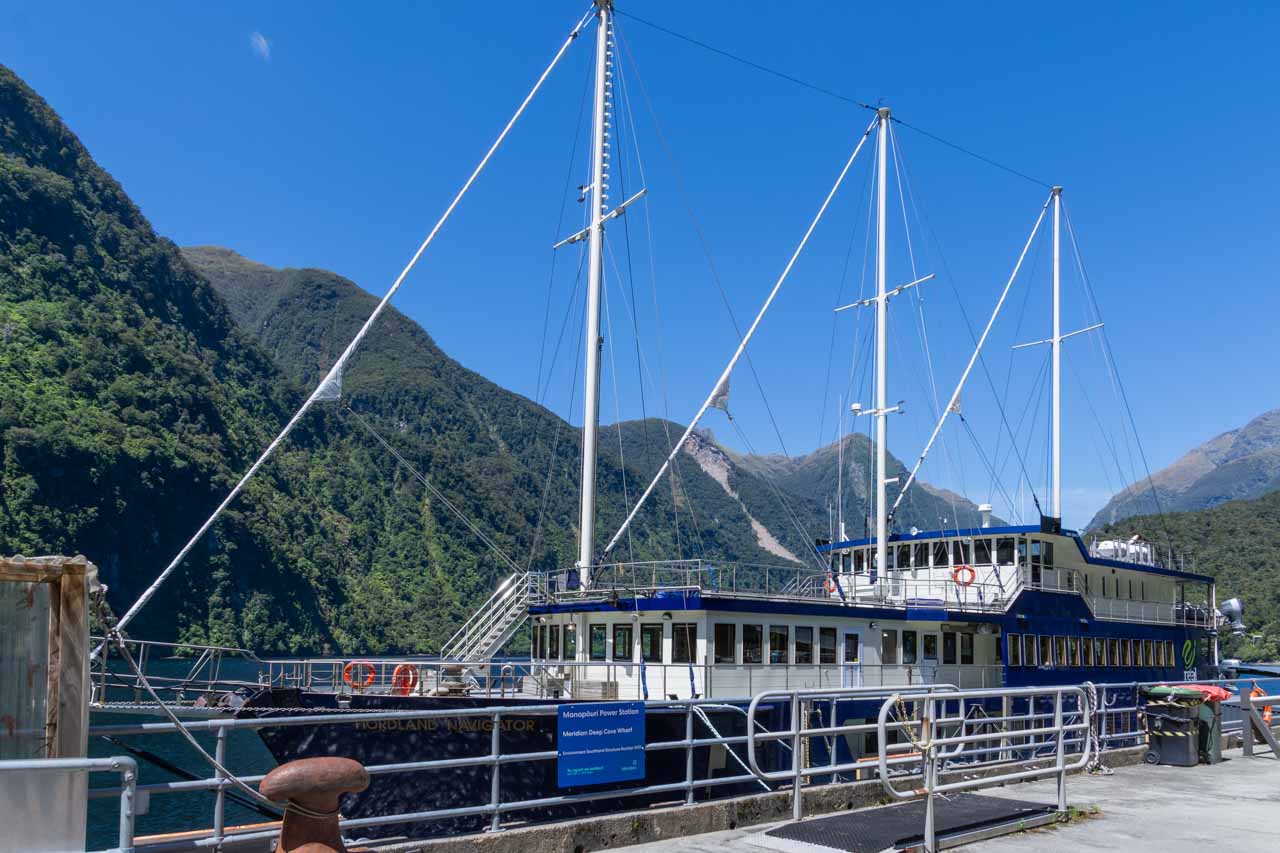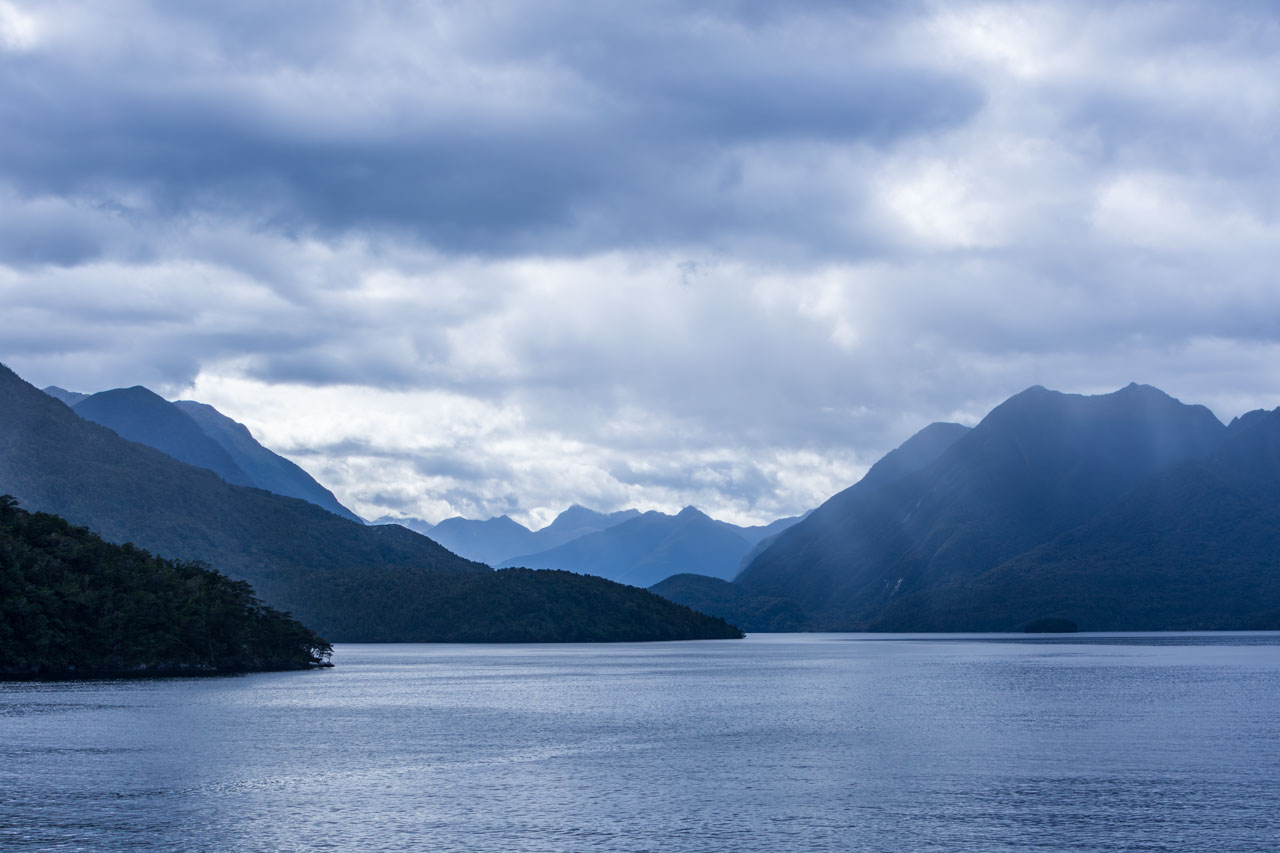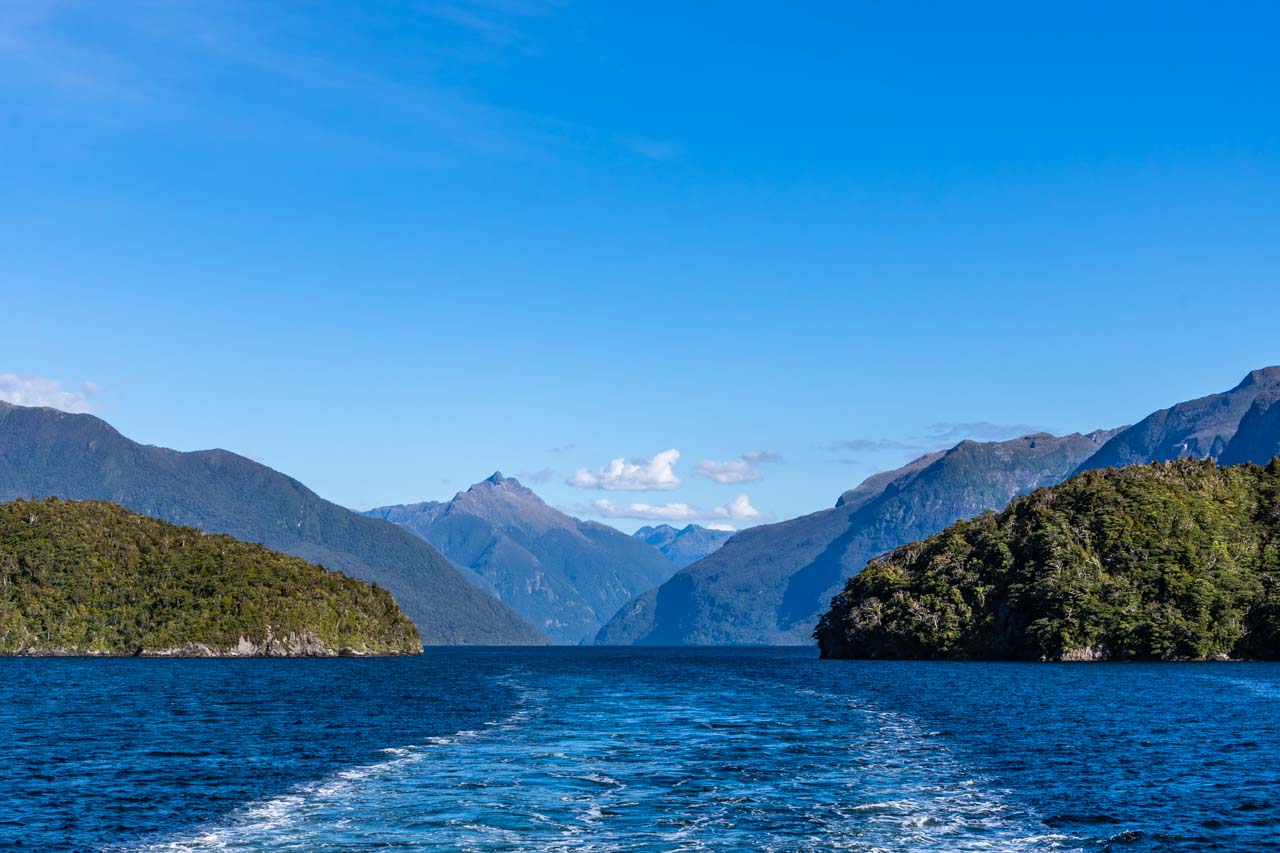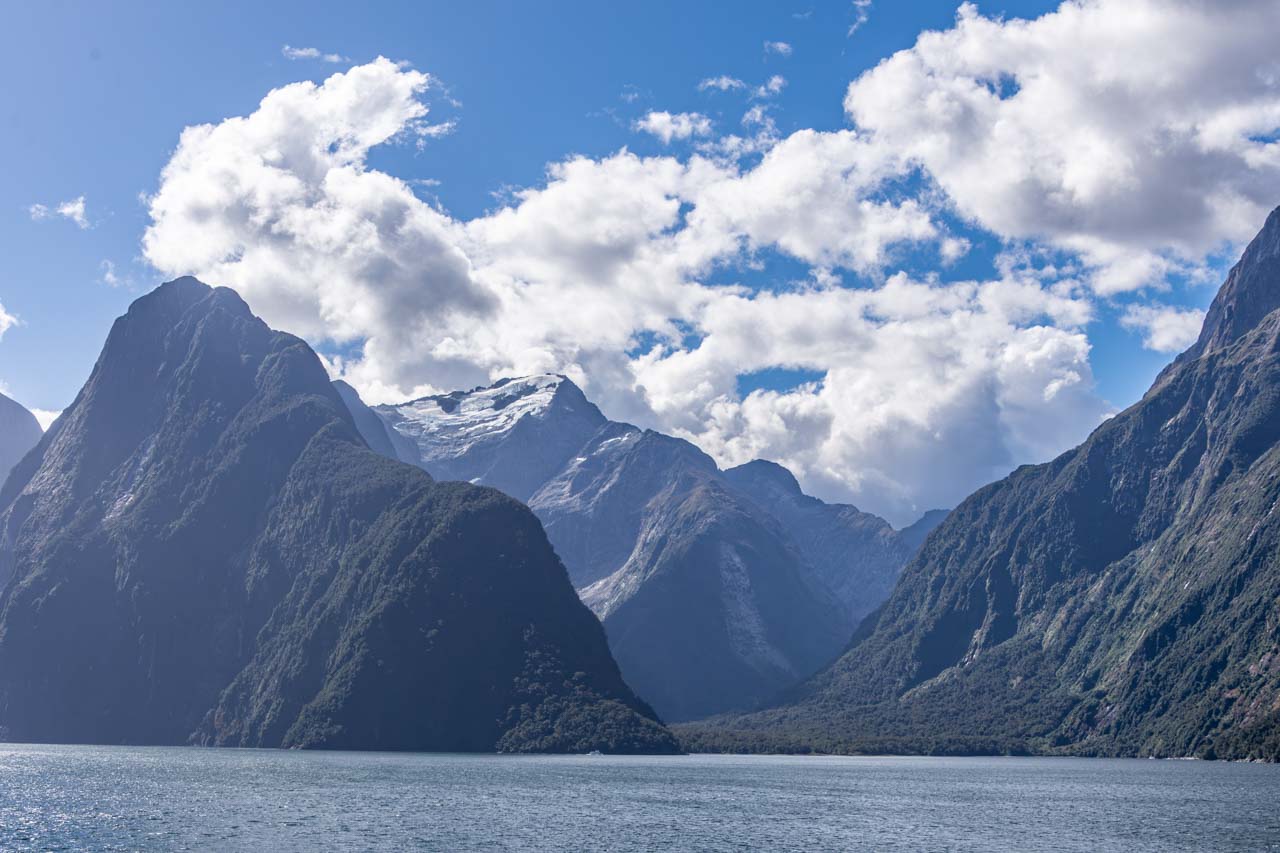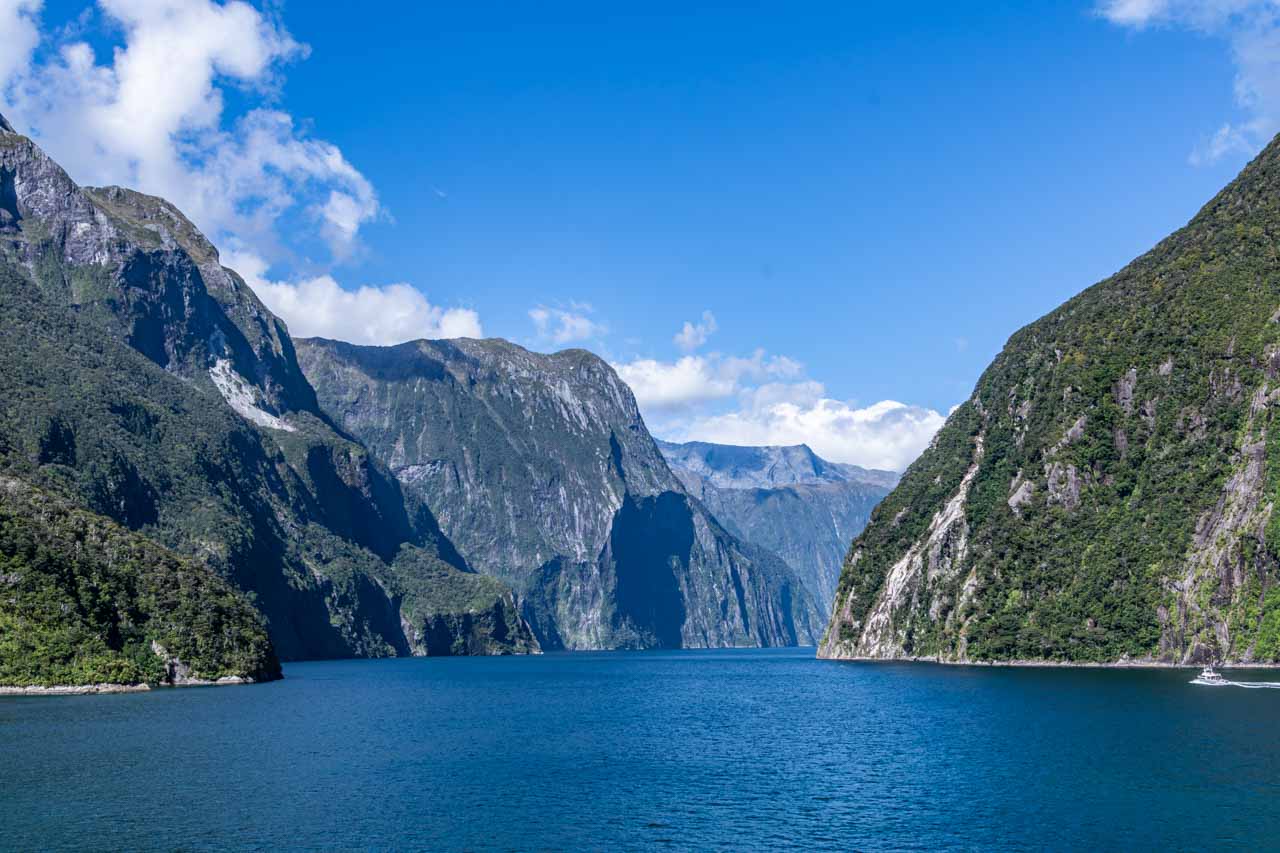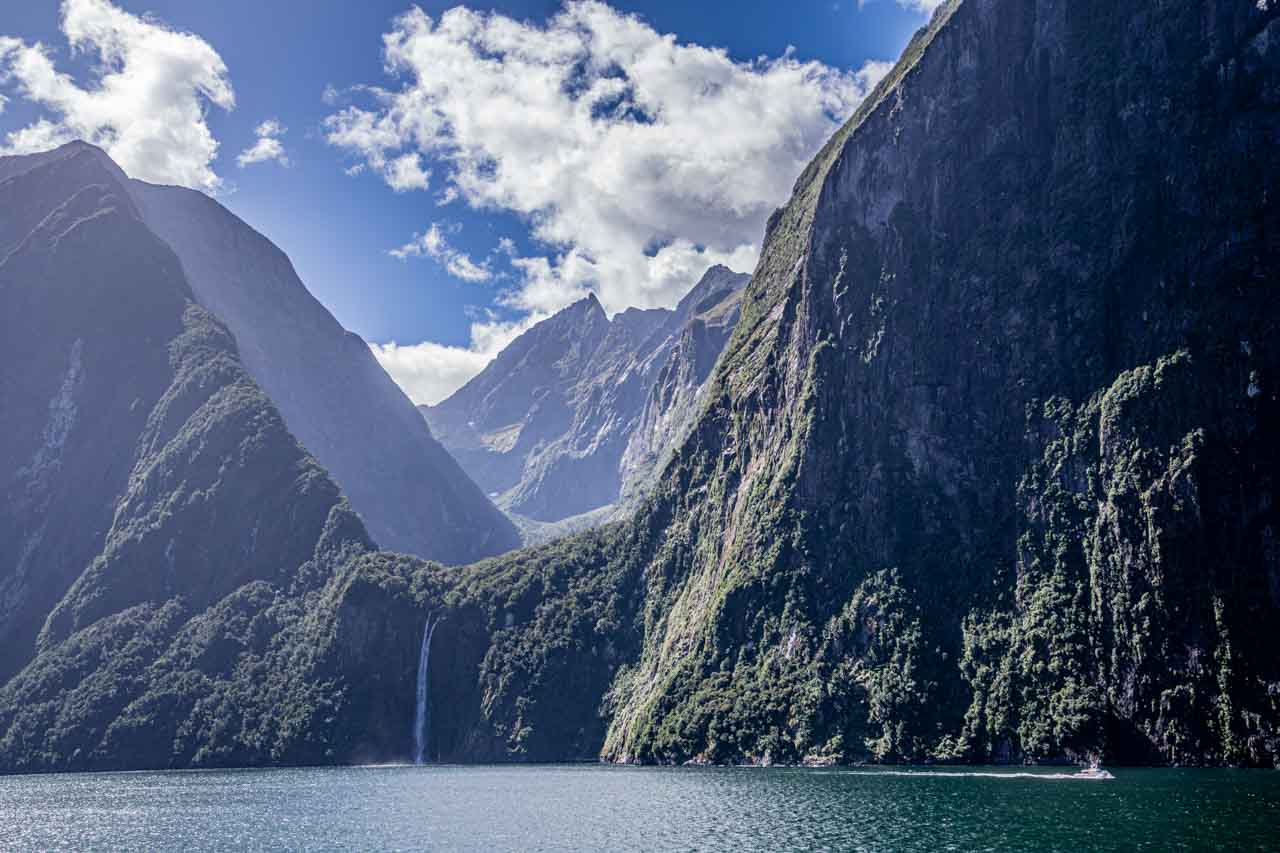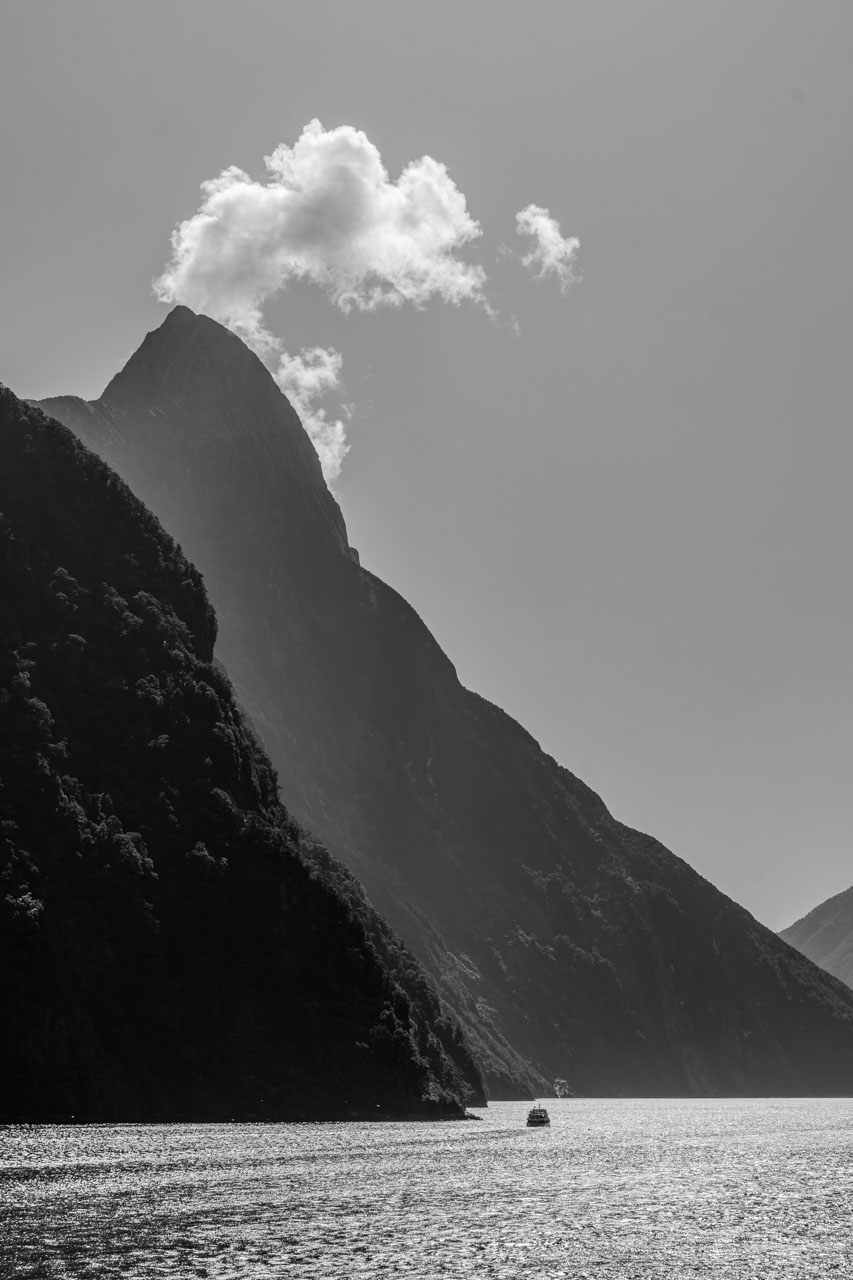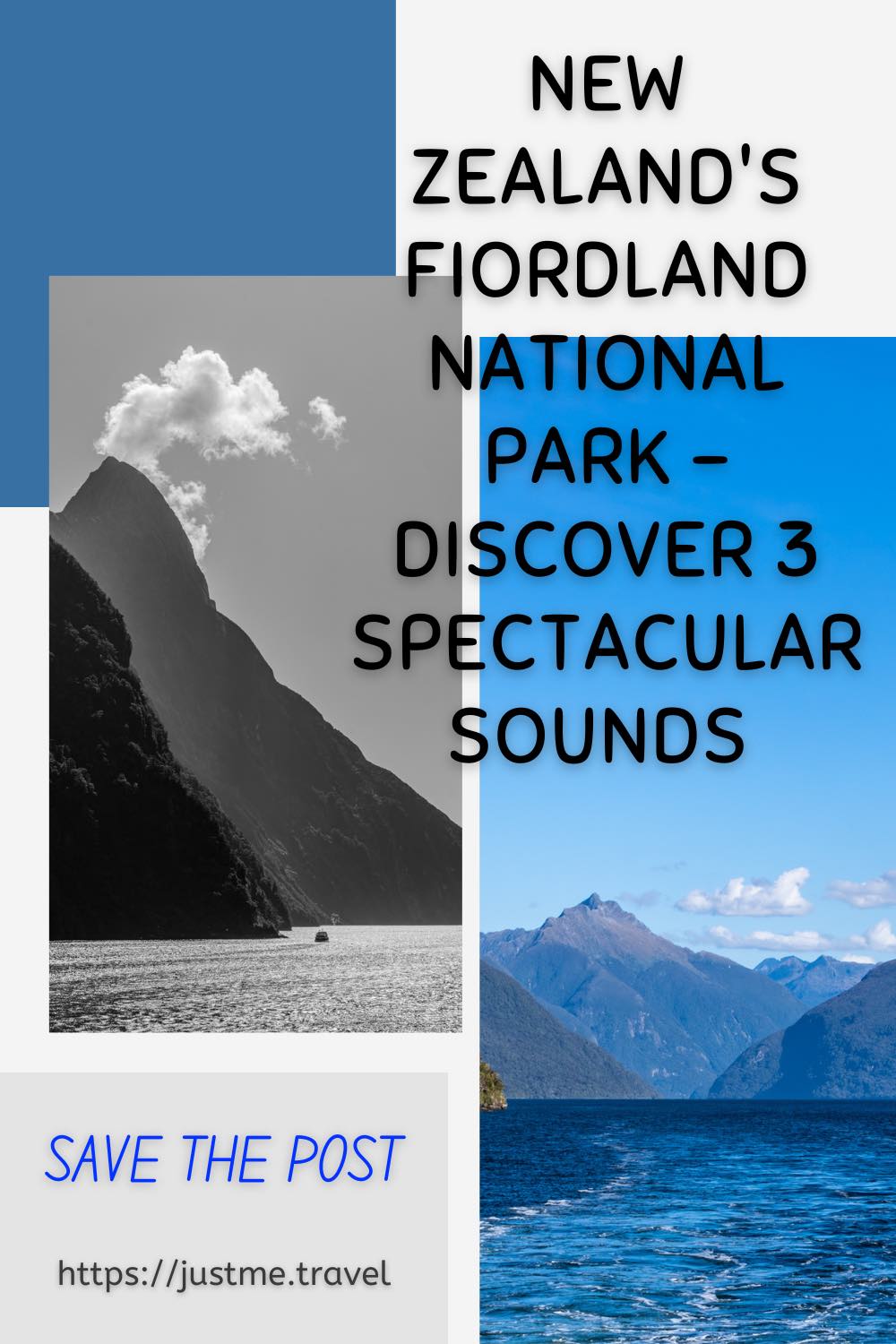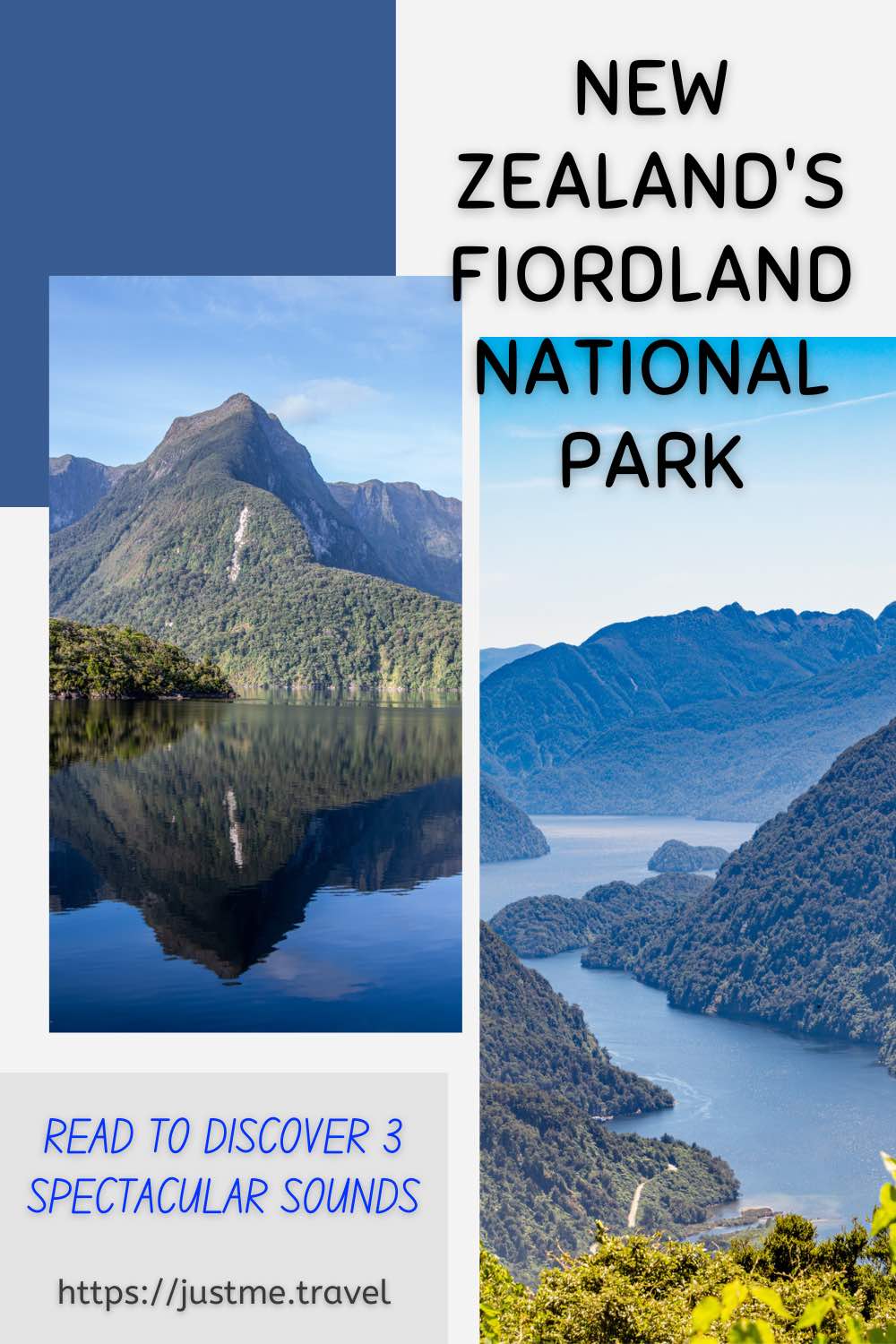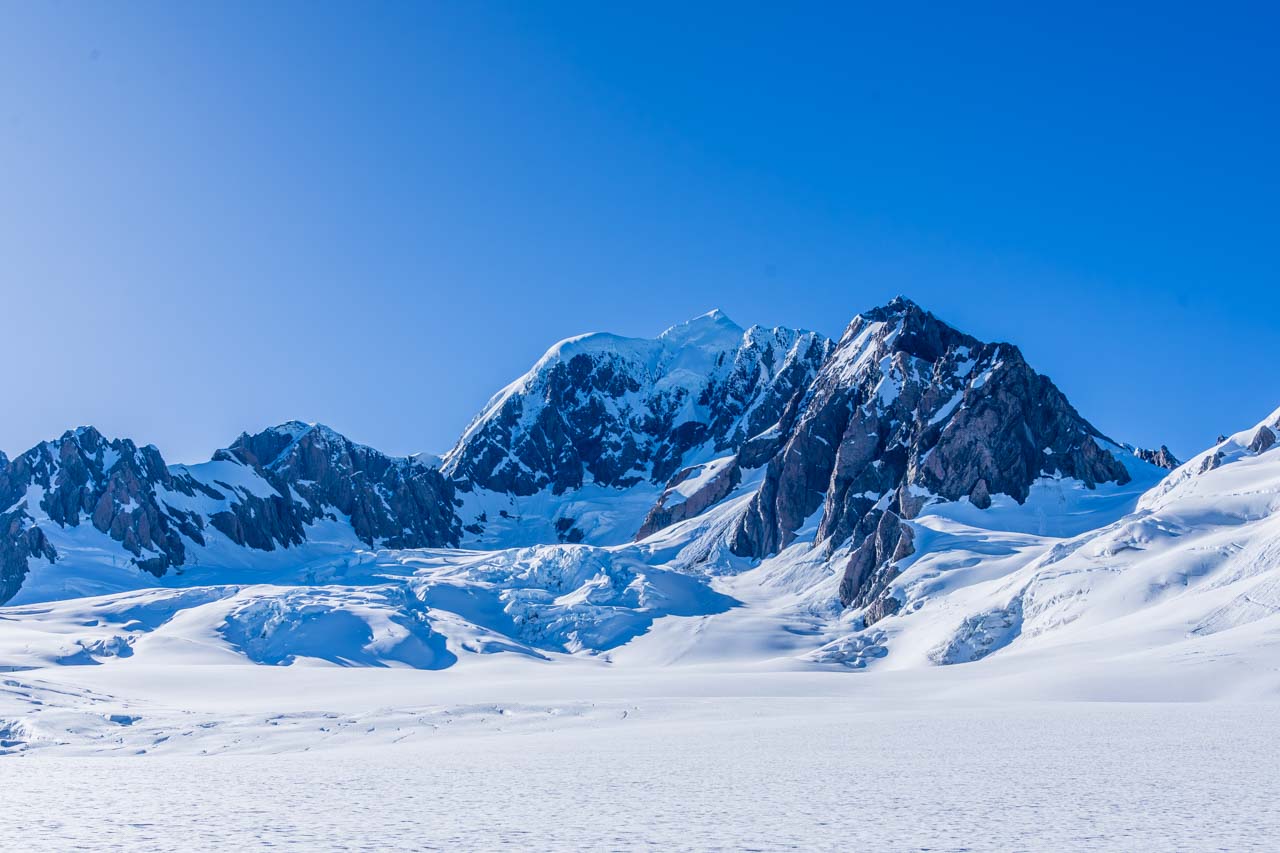Experience Fox Glacier and Franz Josef Glacier on a Helicopter Flight – The Most Accessible Rivers of Ice in the World. New Zealand’s Southern Alps are breathtaking and home…
Experience Fox Glacier and Franz Josef Glacier on a Helicopter Flight – The Most Accessible Rivers of Ice in the World.
New Zealand’s Southern Alps are breathtaking and home to several glaciers. Fox Glacier and Franz Josef Glacier are the most accessible. And what better way to experience their natural beauty than with a helicopter flight over the glaciers and landing on the top of one for a walk around?
When touring New Zealand’s South Island, I climbed aboard a helicopter for a scenic flight and snow landing. I have mixed feelings about this flight, which become evident in my review below.
I was so excited about taking a helicopter flight with Glacier Helicopters over New Zealand’s Franz Josef and Fox Glaciers – an optional extra with Grand Pacific Tours and my New Year present to myself. I will always jump at the option of a helicopter or small plane scenic flight and have taken several now around the world. They provide a unique perspective of an area or site you visit, and I feel a sense of adventure with helicopter flights.
Franz Josef and Fox Glaciers are in New Zealand’s Southern Alps on the South Island’s west coast, in Glacier Country. They are temperate maritime glaciers that extend well below the snow line. Franz Josef Glacier’s terminal face is 500 metres above sea level, while Fox Glacier terminates at 250 metres above sea level. Though still flowing, both glaciers, unfortunately, are retreating, with Franz Josef vanishing at a phenomenal rate.
Franz Josef Glacier is 12 kilometres long and lies 20 kilometres south of Fox Glacier. Franz Josef Glacier was named after the Austrian emperor but is better known by its Māori name, Kā Roimata o Hine Hukatere. The glacier is five kilometres from the town of the same name.
At 13 kilometres long, Fox Glacier (Te Moeka o Tuawe) is longer and faster moving than Franz Josef Glacier and is New Zealand’s longest glacier. Fox Glacier is just five kilometres from the village of the same name. I stayed in Fox Glacier village.
Grand Pacific Tours had organised the 40-minute ‘Mountain Scenic Spectacular’ helicopter flight with Helicopter Line in Franz Josef village. However, when we arrived, Helicopter Line advised us to fly the next morning because of the current poor visibility. For some reason I never understood, we booked in the following day with Glacier Helicopters for our scenic flight over Fox and Franz Josef Glaciers, with a snow landing on Franz Josef Glacier and departing from Fox Glacier village. Unfortunately, because of a strong wind, we couldn’t fly around Mount Cook (Aoraki), New Zealand’s highest mountain (3,724 metres), as per the scheduled flight path. Consequently, Glacier Helicopters reduced our helicopter flight plus snow landing to 30 minutes, and we did receive a small discount.
I was disappointed with Glacier Helicopter’s scenic flight. The cabin was cramped inside, and the other passengers obstructed my view. There were three of us in the back, two in the front, and the pilot. Sitting in the middle of the back seat, I found the cramped conditions restricted my arm movements, making taking photos while flying difficult.
I could tolerate being sandwiched between two passengers, but having my views of the landscape we were passing over severely obstructed was upsetting. While flying, the passengers on either side of me continually blocked my sight as they leaned into their respective windows to see the landscape below and take photos. Looking out the front of the helicopter was no better as the heads of the two front passengers were prominent in many of my photos.
These circumstances negatively impacted my overall experience. As a travel blogger and photographer (I rarely disclose my tradecraft), getting good photographs is crucial for my posts. I understand weight distribution is imperative for helicopter flights, but is there no way to guarantee a window seat?
Had I not been seated in the back row’s middle seat, I believe my helicopter flight experience would have been very different – far more positive.
After flying up the ice river that is Franz Josef Glacier, we landed on the top of the glacier to spend 15 wondrous minutes walking on the snow and ice, examining the ice architecture, enjoying the views, and taking photos. The adventure of a lifetime! The landing on Franz Josef Glacier was magical. Who needs a flight around a snow-capped mountain when you can walk on a glacier?
While on Franz Josef Glacier, the pilot took photos of the passengers. He had a printer in the helicopter’s tail, and we could purchase a photograph after landing back at Fox Glacier Heliport.
I would have loved more time on Franz Josef Glacier to walk further afield than just the top of the glacier, exploring its features in detail. But that’s what the Heli Hikes entail. Next time!
Being in the middle seat behind the pilot and two other passengers on Glacier Helicopter’s small, five-passenger helicopter was not value for money. I had no choice as to which company I took the helicopter flight with, as Grand Pacific Tours organised it. I recommend exploring other glacier helicopter flight companies to avoid disappointment.
My helicopter flight over New Zealand’s Fox and Franz Josef Glaciers was a mixed experience. The obstruction of my views during the flight by other passengers was undeniably disappointing. However, the magic truly began when we landed on Franz Josef Glacier. The opportunity to step out on this pristine glacier and explore its breathtaking beauty up close gave me a real sense of adventure. While the flight had drawbacks, the glacier landing left an indelible mark on my memory.
Disclaimer: This post contains no affiliate links. All views and opinions are my own and non-sponsored. All photos are my own and remain the copyright of Just Me Travel.
© Just Me Travel 2018-2023.
My favourite helicopter flights are in small three-passenger helicopters with removed doors. I experienced three such helicopter flights when in The Kimberley, Western Australia. What has been your experience of scenic helicopter flights? I love hearing from you. Please leave a comment below.
Like this post? Save it for later!
Author’s Note: Please check the latest travel restrictions before planning any trip and follow government advice.
You might also like
 NEW ZEALAND’S FIORDLAND NATIONAL PARK – DISCOVER 3 SPECTACULAR SOUNDS. Journey through the awe-inspiring sounds of Fiordland National Park, where nature’s grandeur & serenity intertwine. Take a cruise to discover the spectacular sight of glacial-fed fiords.
NEW ZEALAND’S FIORDLAND NATIONAL PARK – DISCOVER 3 SPECTACULAR SOUNDS. Journey through the awe-inspiring sounds of Fiordland National Park, where nature’s grandeur & serenity intertwine. Take a cruise to discover the spectacular sight of glacial-fed fiords.
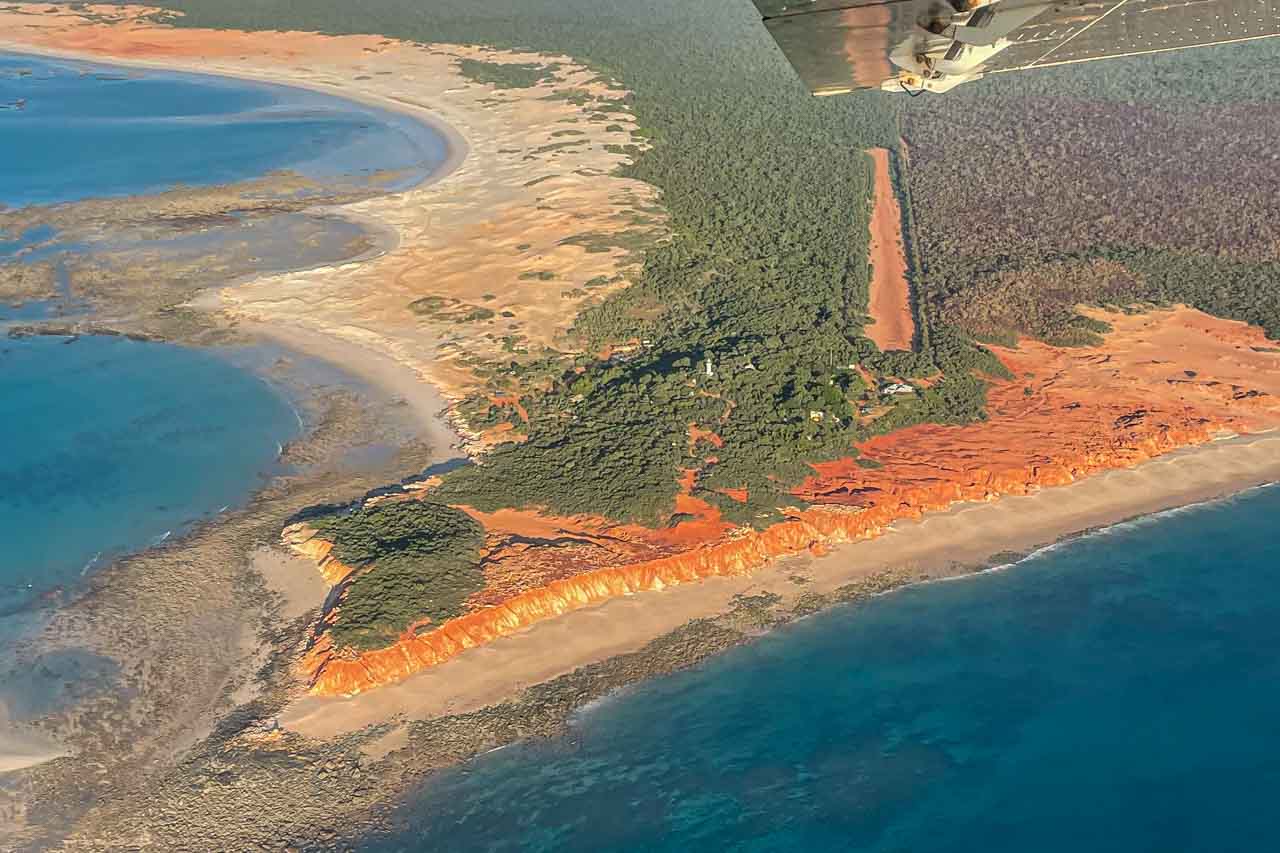 HOW TO SEE HORIZONTAL FALLS AND EPIC TIDES, AUSTRALIA. Take an unforgettable scenic flight over northern Western Australia’s Horizontal Falls. Include an incredible sea safari among giant whirlpools and standing tidal waves. See a horizontal waterfall and ride giant tides.
HOW TO SEE HORIZONTAL FALLS AND EPIC TIDES, AUSTRALIA. Take an unforgettable scenic flight over northern Western Australia’s Horizontal Falls. Include an incredible sea safari among giant whirlpools and standing tidal waves. See a horizontal waterfall and ride giant tides.

